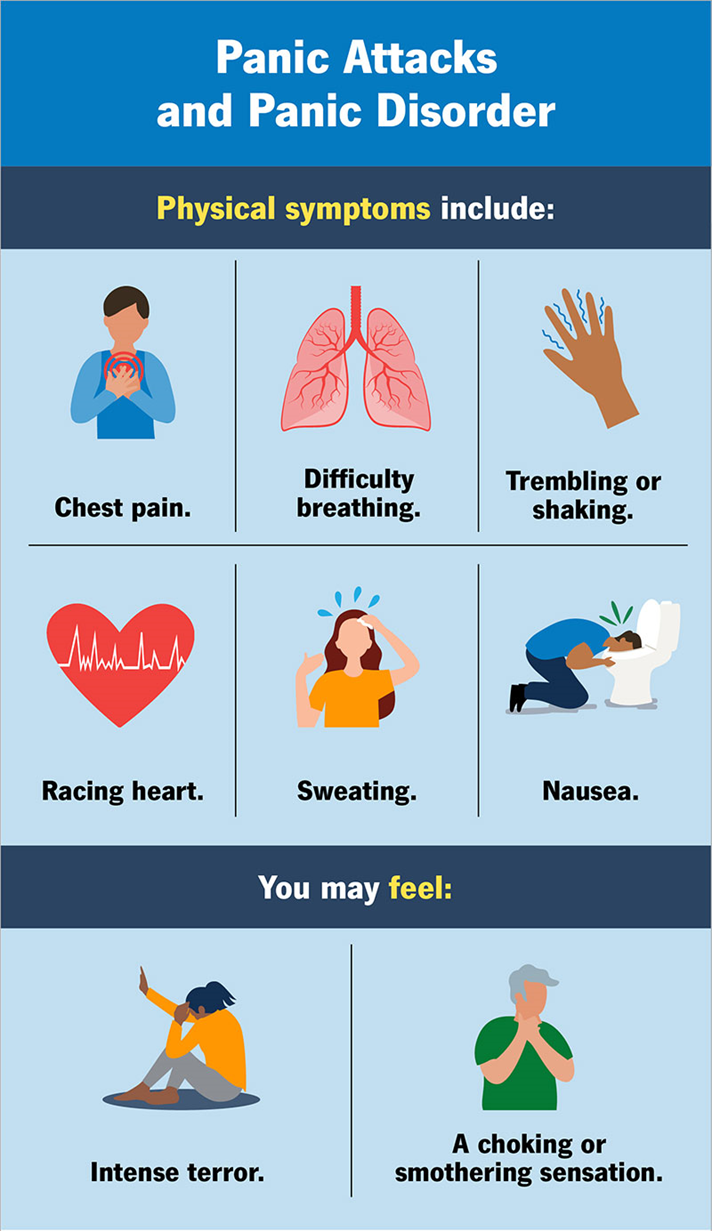As the discharge date for a client to leave gets closer, the client states, “I’m afraid to leave here. I’m afraid for my well-being and safety.” Which nursing statement is most supportive?
“This is a difficult transition. Let’s formulate a plan to keep you feeling safe.”
“It’s the policy that patients can only live here for 30 days. Let’s try to extend it.”
“You’ve had a month to come up with a plan to work on your well-being.”
“Hopefully you learned from being in counseling. I’m sure this will work out fine.”
The Correct Answer is A
Choice A Reason:
“This is a difficult transition. Let’s formulate a plan to keep you feeling safe.”
This response is the most supportive because it acknowledges the client’s feelings and offers a proactive solution. By recognizing the difficulty of the transition and suggesting a plan to ensure the client’s safety, the nurse provides reassurance and practical support. This approach helps to build trust and shows empathy, which is crucial in a therapeutic relationship.
Choice B Reason:
“It’s the policy that patients can only live here for 30 days. Let’s try to extend it.”
While this response acknowledges the client’s fear, it focuses on policy rather than addressing the client’s immediate emotional needs. Extending the stay might not be feasible or beneficial in the long term. The primary goal should be to empower the client to feel safe and supported outside the facility.
Choice C Reason:
“You’ve had a month to come up with a plan to work on your well-being.”
This response can come across as dismissive and unsupportive. It implies that the client should have already resolved their fears, which may increase their anxiety and feelings of inadequacy. The focus should be on providing immediate support and reassurance rather than criticizing the client’s progress.
Choice D Reason:
“Hopefully you learned from being in counseling. I’m sure this will work out fine.”
This response is overly optimistic and does not address the client’s current fears. It provides false reassurance without offering any concrete support or solutions. The client needs to feel heard and supported, not just reassured that everything will be fine.
Nursing Test Bank
Naxlex Comprehensive Predictor Exams
Related Questions
Correct Answer is D
Explanation
Choice A Reason:
Uses relaxation techniques for stress reduction.
Using relaxation techniques for stress reduction is generally considered safe and beneficial. Techniques such as deep breathing, meditation, and progressive muscle relaxation can help reduce stress and anxiety without significant risks. Therefore, this information does not require immediate investigation.
Choice B Reason:
Expresses an interest in yoga to improve flexibility.
Expressing an interest in yoga to improve flexibility is also generally safe and beneficial. Yoga can enhance physical flexibility, strength, and mental well-being. Unless the client has specific health conditions that might be affected by certain yoga poses, this information does not require immediate investigation.
Choice C Reason:
Has tried acupressure for pain relief several years ago.
Trying acupressure for pain relief several years ago is not typically a cause for concern. Acupressure is a non-invasive therapy that can help alleviate pain and promote relaxation. Since it was used in the past and not currently, it does not require immediate investigation.
Choice D Reason:
Has been using herbal supplements without consulting a healthcare provider.
This is the correct response. Using herbal supplements without consulting a healthcare provider can be risky because some supplements can interact with prescribed medications or have side effects. It is crucial for the nurse to investigate this information immediately to ensure the client’s safety and prevent potential adverse effects.
Correct Answer is B
Explanation
Choice A Reason:
Increase external stimuli.
Increasing external stimuli is not appropriate during a panic attack. Panic attacks are characterized by intense fear and anxiety, often accompanied by physical symptoms such as rapid heartbeat, sweating, and shortness of breath. Increasing external stimuli can exacerbate these symptoms and heighten the client’s distress. The goal during a panic attack is to reduce stimuli and create a calming environment to help the client regain control.
Choice B Reason:
Stay with the client and speak to them in a calm manner.
This is the correct response. Staying with the client and speaking to them in a calm manner provides reassurance and helps to ground them during the panic attack. The presence of a calm and supportive nurse can help reduce the client’s anxiety and provide a sense of safety. This approach aligns with therapeutic communication techniques and is effective in managing acute anxiety episodes.

Choice C Reason:
Allow the client to have their requested space.
While it is important to respect a client’s need for space, leaving them alone during a panic attack may not be the best approach. Clients experiencing panic attacks may feel overwhelmed and frightened, and the presence of a supportive nurse can help them feel safer and more secure. It is important to balance the client’s need for space with the need for support and reassurance.
Choice D Reason:
Review the updated problem list with the client.
Reviewing the updated problem list is not appropriate during a panic attack. This action requires cognitive engagement and focus, which the client may not be capable of during an acute anxiety episode. The priority during a panic attack is to help the client calm down and manage their immediate symptoms, not to discuss or review problems.
\
Whether you are a student looking to ace your exams or a practicing nurse seeking to enhance your expertise , our nursing education contents will empower you with the confidence and competence to make a difference in the lives of patients and become a respected leader in the healthcare field.
Visit Naxlex, invest in your future and unlock endless possibilities with our unparalleled nursing education contents today
Report Wrong Answer on the Current Question
Do you disagree with the answer? If yes, what is your expected answer? Explain.
Kindly be descriptive with the issue you are facing.
